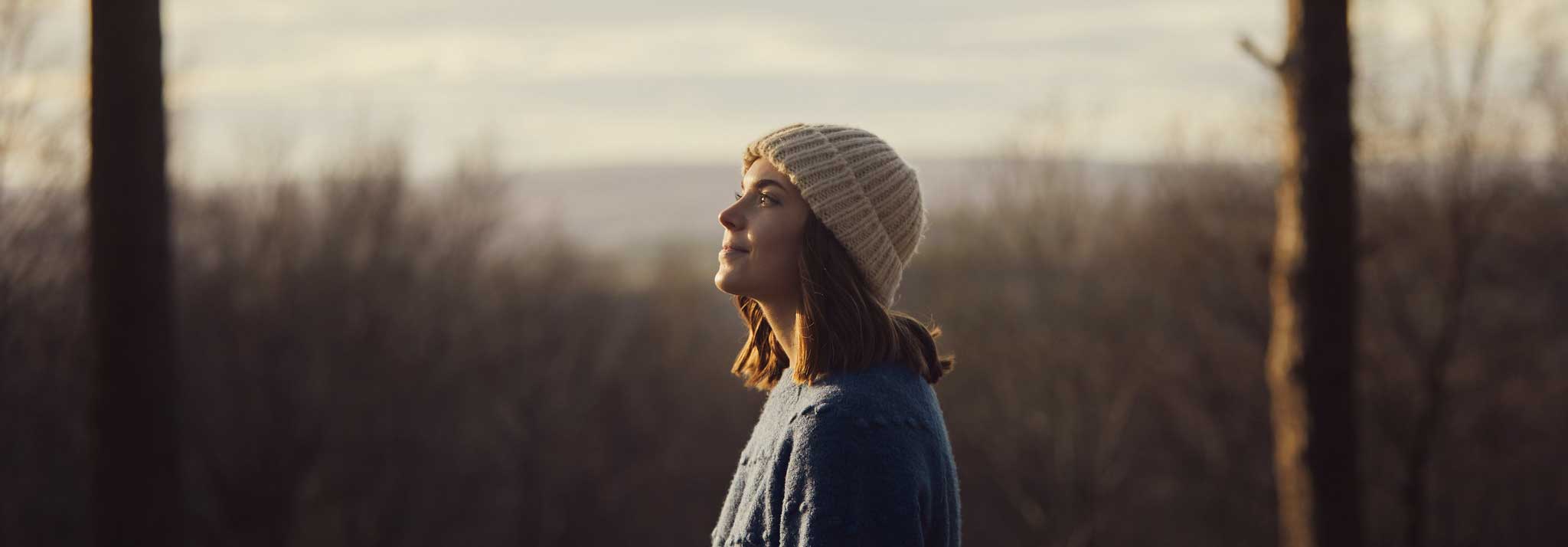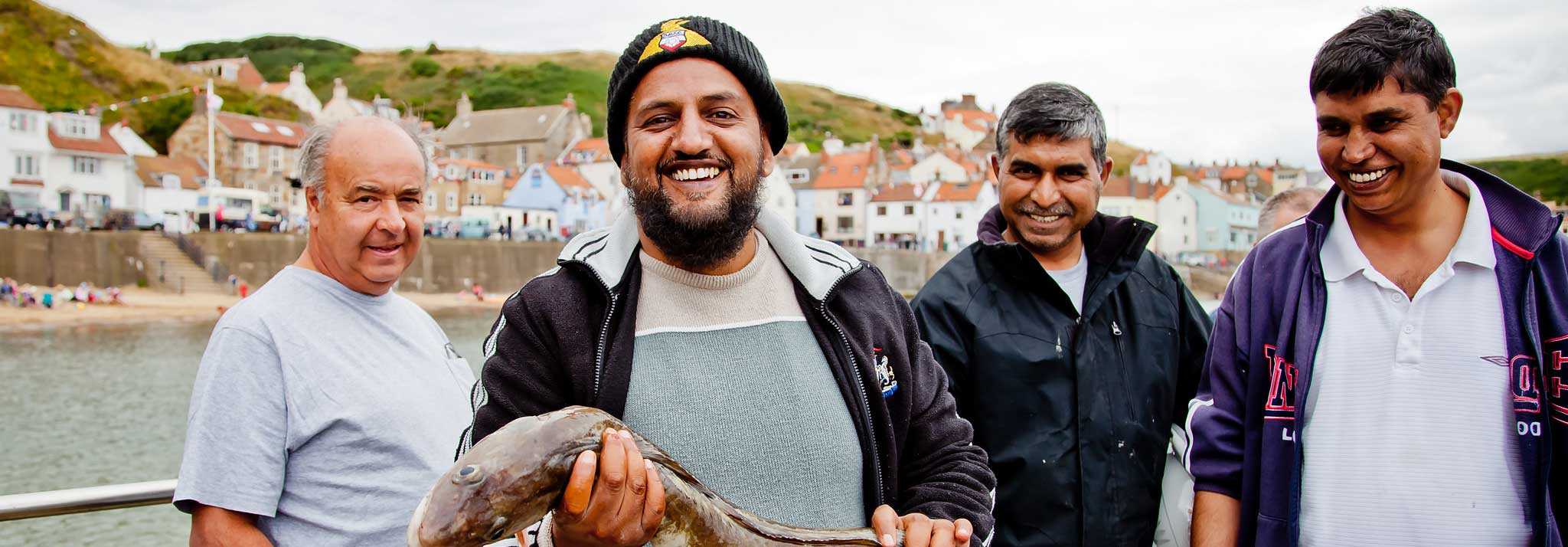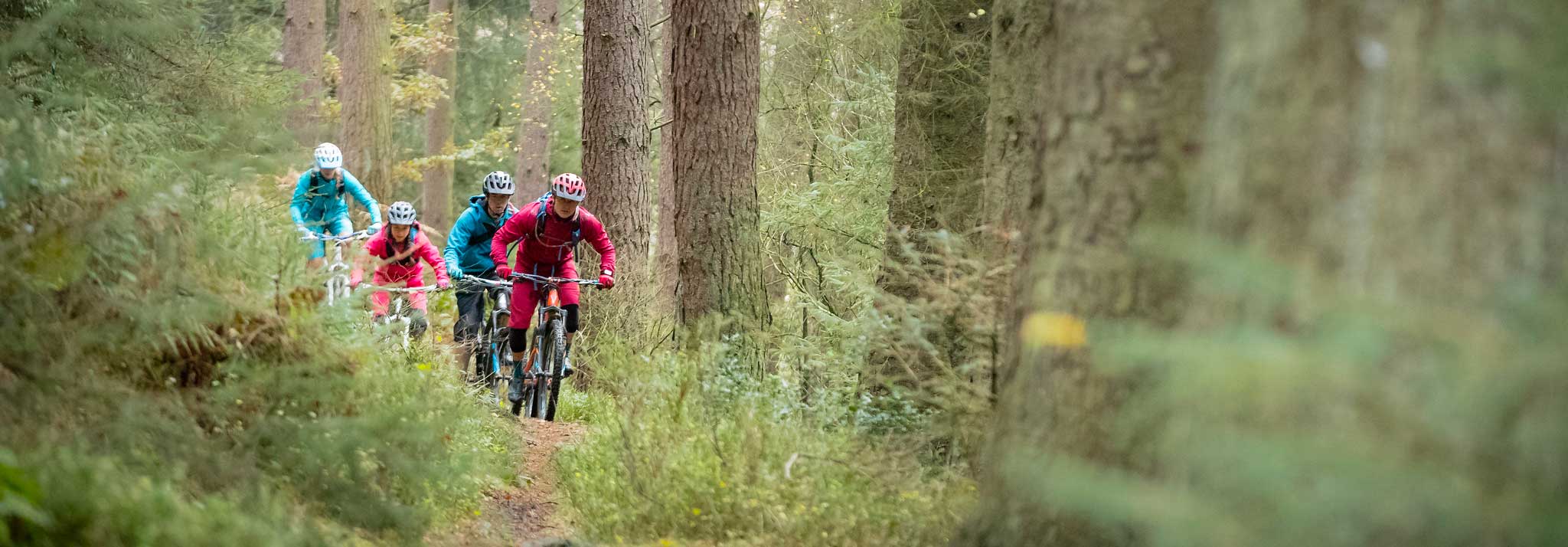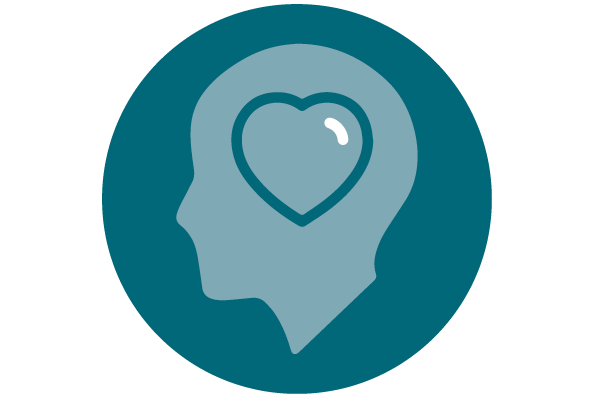 A place that lifts the nation's health and wellbeing
A place that lifts the nation's health and wellbeing
Objective 12
Create specific, targeted opportunities to improve mental and physical health and wellbeing by connecting people with nature.
Objective 13
Increase awareness of, and access to, the National Park among underserved communities, particularly those in the surrounding area.
Objective 14
Inspire the next generation to enjoy, learn about and care for the National Park, and support young people’s direct involvement in decision-making about its future.
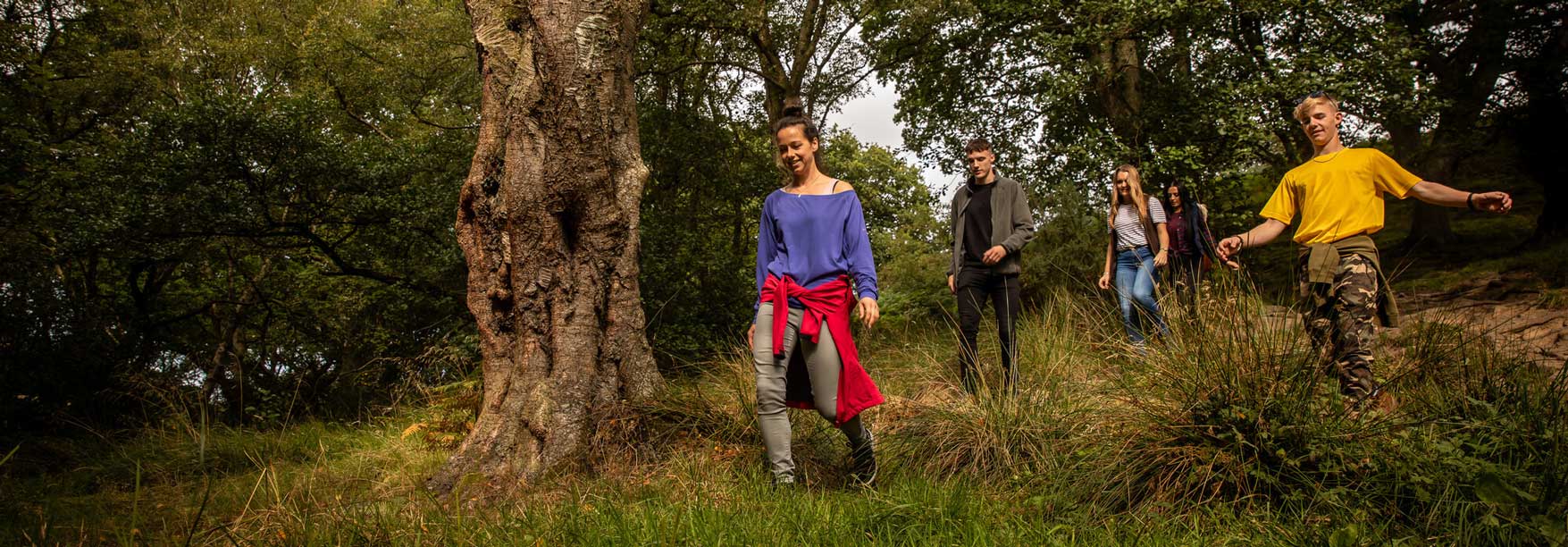
Objective 15
Ensure that all members of the public are able to enjoy the National Park using easy-to-use, well-marked rights of way and open access land.
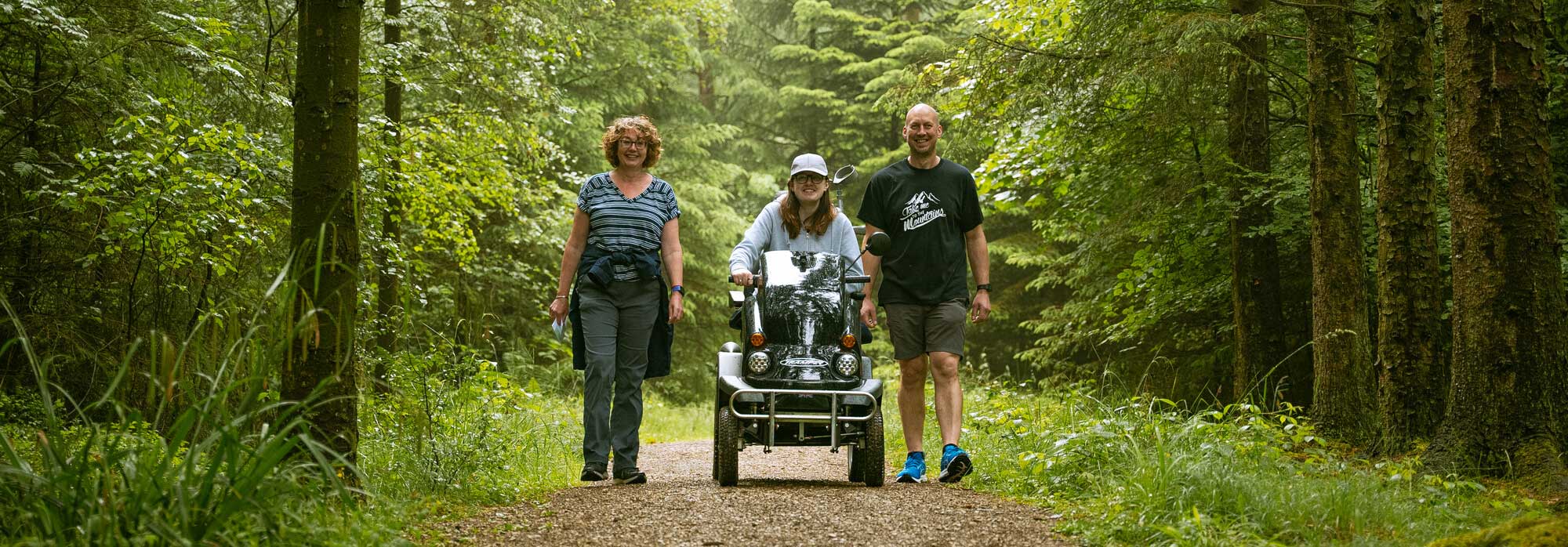
Objective 16
Promote the North York Moors National Park as the premier recreational/family cycling destination in the north of England.
Objective 17
Work with businesses to establish regenerative tourism[6] as a guiding principle and encourage visitors to make a positive contribution to the National Park.
Allow nature's peace to flow into you as sunshine flows into trees. The winds will blow their own freshness into you, and the storms their energy, while cares will drop away from you like the leaves of autumn.
John Muir, ‘Father of the American National Parks’
Why do we want to work towards this outcome?
The COVID pandemic brought about a seismic shift in people’s attitudes to nature. Successive lockdowns inspired more people and new audiences to enjoy the countryside and the great outdoors, kindling new interest in National Parks as destinations. According to Natural England’s People & Nature survey[7] 42 percent of people said they had spent more time outside since COVID pandemic restrictions began and almost 89 percent of people strongly agreed or agreed that nature and wildlife are important to their well-being. The challenge now is to sustain and develop this interest, and work with all visitors so that the National Park’s Special Qualities continue to be enjoyed, valued and respected.
Access to nature and cultural heritage can improve people’s health outcomes and play a preventative role in reducing illness. Extensive research has shown that engaging with the natural environment has positive outcomes for well-being for both people and communities, helping to prevent ill health. Involvement in arts and culture supports these outcomes and improves well-being generally. A 2021 report commissioned by Defra, featuring Middlesbrough as one of four case studies, highlighted that “In light of the Covid-19 pandemic, there is an even greater imperative to fully realise the contribution that access to nature can make to wellbeing”.
No one will protect what they don’t care about; and no one will care about what they have never experienced.
Sir David Attenborough
This also has financial benefits. In 2016, a report for the NHS estimated that £34 billion is spent each year on mental health and the cost to the economy is estimated at £105 billion per year – roughly the annual cost of the entire NHS.[8] The Government is committed to helping people improve their health and well-being by using green spaces to encourage people to be close to nature, with particular focus on disadvantaged areas. The move by health bodies to roll out Green Social Prescribing is directly supportive of this commitment.
Enabling young people to experience the special qualities of National Parks inspires a deeper relationship with nature. Research shows that people with a positive connection to nature are more likely to demonstrate positive behaviours towards the environment. Adults who experience nature as children are likely to be motivated to protect the environment, as Dr William Bird notes in his work for the RSPB, “the critical age of influence appears to be before 12 years. Before this age, contact with nature in all its forms, but in particular wild nature, appears to strongly influence a positive behaviour towards the environment”.[9] There are also financial benefits - an evaluation of the North York Moors Explorer Club and Young Rangers programmes shows that for every £1 of investment, there is a £6 return.
Access to the countryside is key to improving health and well-being but is dependent on having a high-quality network of public rights of way. The National Park maintains an extensive network of footpaths, bridleways and other route classifications totalling around 1,500 miles, which includes routes for specialist use such as easy access and cycling. Walking and cycling are among the key reasons why people visit the National Park. The National Park is already a popular destination for cycling for leisure, and there is an opportunity to further increase travel by bicycle for all journeys, helping to reduce car use. With the increasing popularity of e-bikes, users can travel further and faster with ease, making journeys by bicycle easier and quicker.

